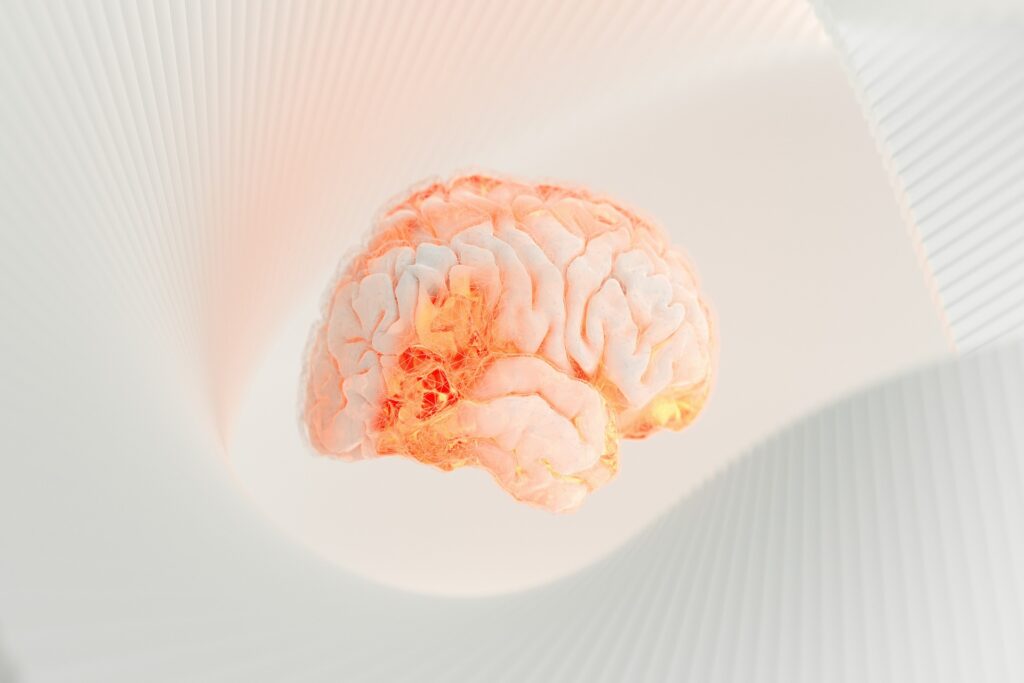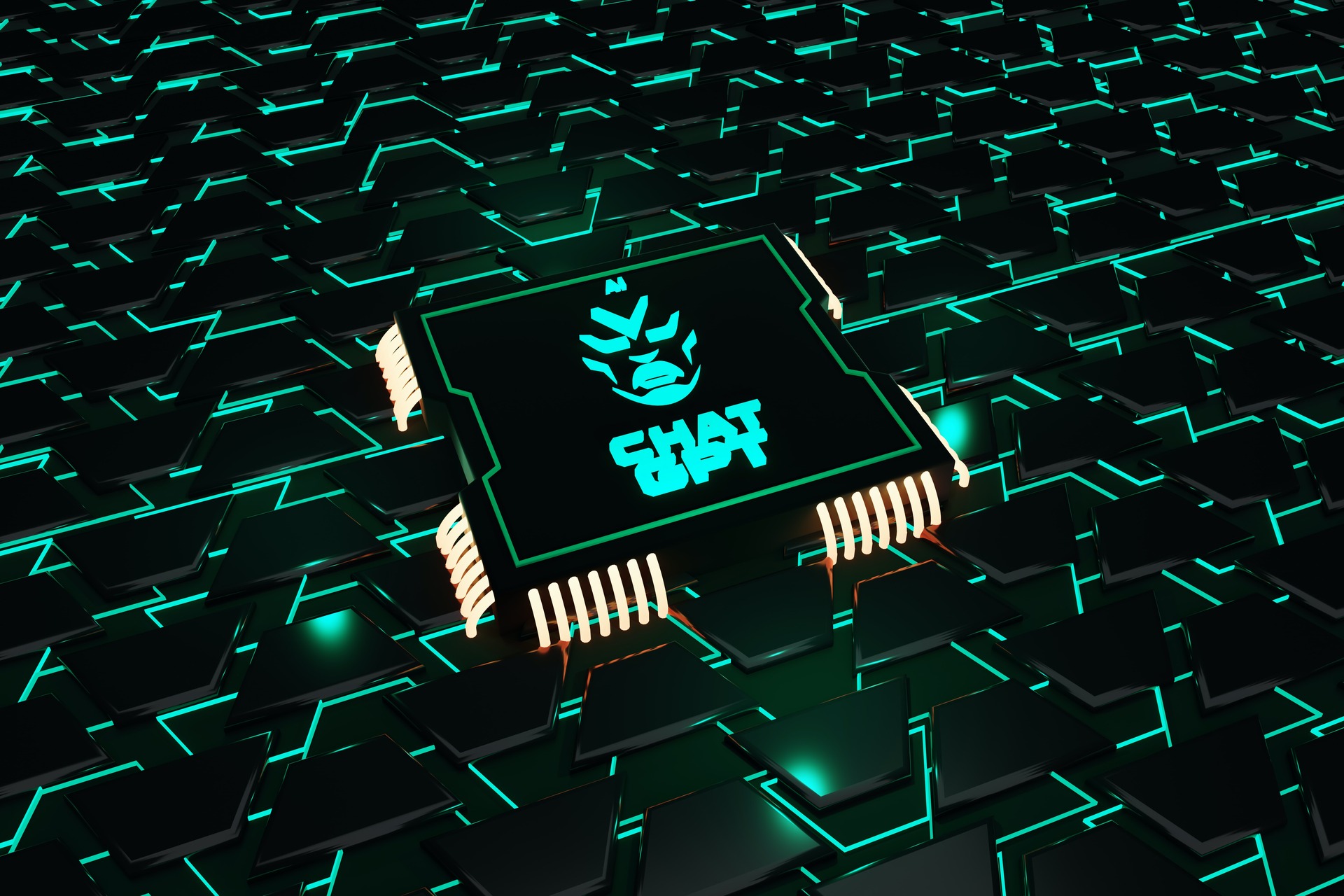AI is a technology that thinks and learns like a human. Artificial Intelligence in schools today is already making a significant impact. It’s changing how education works, from automating administrative tasks to offering personalized learning experiences.
Here’s what the future holds for AI in schools. This article explores upcoming trends, ethical considerations and much more so educational institutions can understand what to anticipate in this exciting field.
The Current State of AI in Schools
Schools are already using various AI tools to enhance teaching and learning. For instance, AI-powered tutoring systems offer students a personalized curriculum, adapting in real-time to their learning pace and style.
These systems make school time more efficient and effective. On the administrative side, AI is streamlining tasks like scheduling and resource allocation, freeing educators to focus more on teaching.
Benefits are also substantial. Personalized learning leads to improved student outcomes, tailoring the educational experience to individual needs. Meanwhile, administrative efficiency means schools can operate smoothly, with less time and resources spent on routine tasks.
Upcoming Trends in AI and Education
Machine learning is an AI subset crucial in adapting to educational needs. Algorithms analyze data from quizzes, interactive exercises and student behavior to tailor educational material. The result is a learning experience evolving with the student, focusing on areas needing improvement.
Turning to teacher development, AI is making strides here, too. It enhances training programs by simulating classroom environments. These provide teachers a risk-free space to practice strategies and receive instant, data-driven feedback. Such tools can considerably boost the effectiveness of teacher training.
On the horizon, Virtual Reality classrooms are emerging as an exciting AI application, offering students immersive learning experiences they couldn’t get otherwise. Also in development are AI tools to recognize emotional cues from students, helping teachers understand classroom dynamics better.
The Role of AI in Special Education
AI holds immense potential for enhancing education for students with special needs. AI can customize educational materials through adaptive systems to suit individual abilities and learning styles. It is incredibly impactful for students who may require a different pace or type of instruction.
Various software and tools cater specifically to this demographic. For example, AI-powered speech recognition can assist students with oral impairments in real-time communication. Likewise, text-to-speech programs can aid those with reading difficulties, making educational content more accessible.
AI’s adaptability makes it a valuable asset in special education settings. By leveraging specific software and tools, educators can develop a more inclusive and effective learning environment for all students.
Artificial Intelligence in Extracurricular Activities
AI is more than just about academics — it also has a role in enriching non-academic school programs. In sports, for instance, it can analyze performance data to help coaches and athletes refine their strategies. AI can monitor physical health metrics to prevent injuries and improve training regimens.
When it comes to arts and clubs, it has the potential to identify hidden talents. By analyzing behavioral and performance data, Artificial Intelligence in schools can suggest activities aligning with a student’s inherent skills and interests. For example, it can nudge a student showing strong spatial abilities toward joining a robotics club or taking up painting.
So whether it’s pinpointing athletic prowess or artistic flair, AI can catalyze personal growth. AI can help students explore their potential beyond the classroom by identifying talents and recommending suitable activities.
Preparing Teachers for the AI Revolution
Teachers must be well-versed in using these tools for AI to be truly effective in schools. Educating teachers on the ins and outs of AI enhances their skill set and ensures students reap the full benefits of these technologies.
Training programs are essential for this. Courses combining hands-on experience with theoretical knowledge can empower teachers to integrate AI into their teaching methods. Online resources, webinars and workshops by tech companies or educational organizations are fantastic starting points for this training.
Training teachers on AI isn’t just a luxury — it’s a necessity. Providing educators with the proper resources is vital in successfully incorporating AI in educational settings.
Ethical and Social Considerations
Data privacy is a top concern when implementing Artificial Intelligence in schools. Educational institutions and software providers must ensure student information is securely stored and only used for educational purposes. Policymakers are working on establishing stricter guidelines and regulations to protect this sensitive data.
Job displacement is another worry. With AI automating various administrative and even some educational tasks, there’s concern about job loss among staff. However, many experts argue AI will not replace educators but will assist them. Schools and policymakers are focusing on retraining programs to help teams adapt to roles requiring human skills AI can’t replicate.
Ethical considerations also extend to systemic bias and discrimination. AI systems are only as unbiased as the data they’re trained on. AI can inadvertently perpetuate these inequities if the input includes societal biases.
While the concerns are valid, institutions are taking steps to mitigate these issues. Strong data protection measures and employee retraining programs are some ways schools and policymakers address these challenges.
Challenges and Limitations
One major hurdle is the cost of implementing and maintaining AI tools. Advanced technologies often come with a hefty price tag, making them less accessible for schools with limited budgets. Another obstacle is the existing technological infrastructure. Many institutions may need more hardware or internet bandwidth to support these advanced AI systems.
So, what can they do? Grants and partnerships with tech companies can help offset costs. Schools could consider phased implementation for infrastructure, starting small and gradually upgrading their systems. Additionally, policymakers can allocate funds specifically for technological advancements in education.
While the challenges are significant, they’re not insurmountable. By planning and exploring funding options, institutions can better prepare for the future of Artificial Intelligence in schools.
Navigating the AI Frontier
In the coming years, keep an eye on advancements in personalized learning, teacher training and ethical or infrastructural developments. As AI technologies become more refined, the possibilities for enhancing education will only grow. Whether an educator, parent or student, now is the time to engage with these tools and shape a more effective and inclusive learning environment.
So, embrace this exciting journey. The future of AI in schools promises to change how educators perform their work and make it more meaningful and impactful for everyone involved.
Recent Stories
Follow Us On
Get the latest tech stories and news in seconds!
Sign up for our newsletter below to receive updates about technology trends














